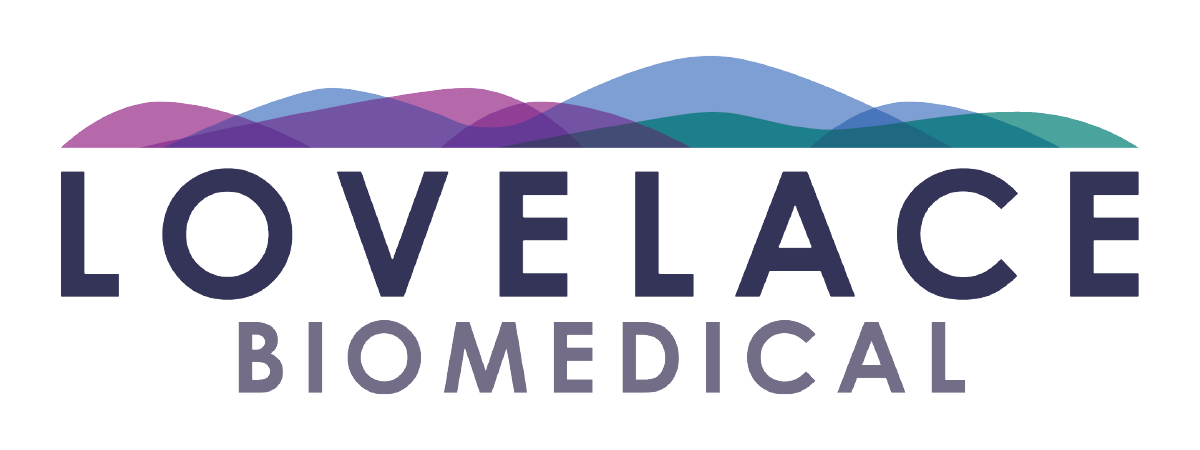Toxicology is often called the “science of safety,” and for good reason. The field is essential in moving potential new drugs from the lab to the clinic, enabling drug sponsors to predict whether any components of the drug may cause harm to patients. And if a chemical is deemed harmful, toxicologists can figure out why.
But toxicology is a highly complex field, requiring preclinical research teams to combine scientific disciplines and thoughtfully design studies to elicit the most important safety data. In determining how people may respond to substances, toxicology teams must account for many factors, from duration of exposure, to size of dose and even the patient’s age, weight and health.
That’s why-for biotechnology and pharmaceutical companies looking to move a drug candidate into clinical trials-it’s critical to choose an experienced toxicology partner with a track record that demonstrates novel trial design, rigorous science and robust data.
“Choosing the right toxicology team is one of the most important actions a drug company can make as it seeks to advance therapies into clinical trials,” Erica Smith, Ph.D., senior director of commercial sales and marketing at Lovelace Biomedical. “When your next step is to test an experimental therapy in humans, you want your preclinical studies to indicate, with extreme confidence, that your drug will be safe.”
Dr. Smith outlined these four important considerations for biotech and pharma companies seeking the very best team for GLP toxicology studies.
1. Find the specialty experience that’s relevant to your drug.
This is important for novel drugs such as gene and cell therapies, which come with additional complexities-and for which there is no standard approach yet. Look for toxicology expertise in the specific routes of dosing you intend to use, and with species that are applicable to your investigational product.
2. Credentials really do matter.
Specifically, look for the D.A.B.T. certification. D.A.B.T. stands for Diplomate of the American Board of Toxicology, and it means that the person has passed several tests and is certified by one of the world’s largest organizations in general toxicology, the American Board of Toxicology (ABT). The board works to identify, maintain and foster a standard for professional competency in the field of toxicology. In addition to this certification, look for a study team with a high percentage of doctoral degrees and a complementary staff of research technicians, PMP project managers, clinical pathologists, necropsy and histopathology staff, chemists and telemetry personnel.
3. Make sure you’ll be a top priority.
This is a noted concern of small and mid-size drug developers, who don’t want to compete with big pharma for attention from toxicology study directors. Even in a day of mega-sized CROs, it’s not impossible to find one that prioritizes even the smaller clients and provides a personal touch. At Lovelace, clients tell us they appreciate the personalized service, as well as the many conveniences that come from the fact that we’re in one centralized location. We represent a shrinking demographic of mid-sized CROs, but we have quite similar analytical, bioanalytical, pharmacokinetic, histopathology, and quality-compliance capabilities as the big guys.
4. Seek out impeccable animal housing.
Animal housing and veterinary care are both crucial, yet often overlooked, factors to consider when evaluating toxicology CROs. Animals must be well cared for and given the proper space and opportunities to express species-specific behaviors. European-style housing, for example, goes above and beyond what’s required in the U.S., raising the standards on animal wellbeing.
For more tips on what to look for in a toxicology team, and to learn about Lovelace Biomedical’s capabilities in this area, visit Lovelace’s campus in Albuquerque to meet the technical, support, scientific and management staff and tour the facility. Or, simply send us an email.

